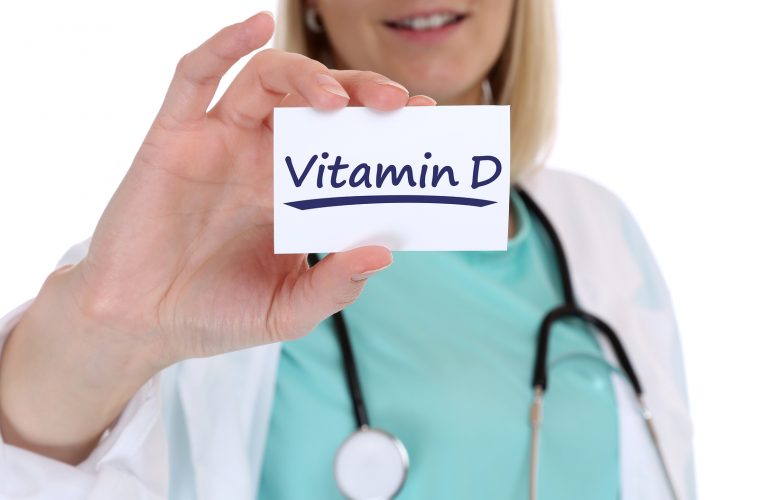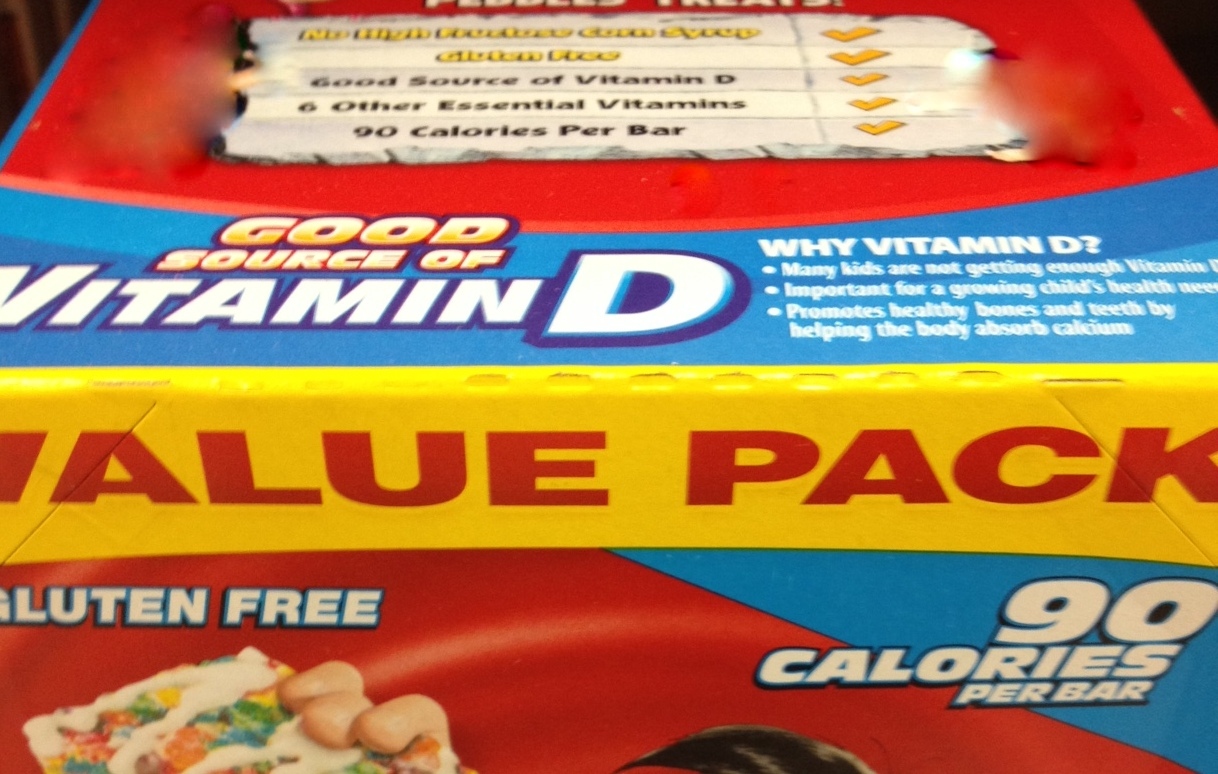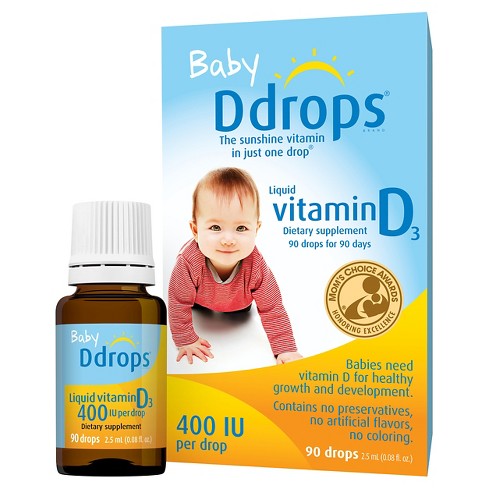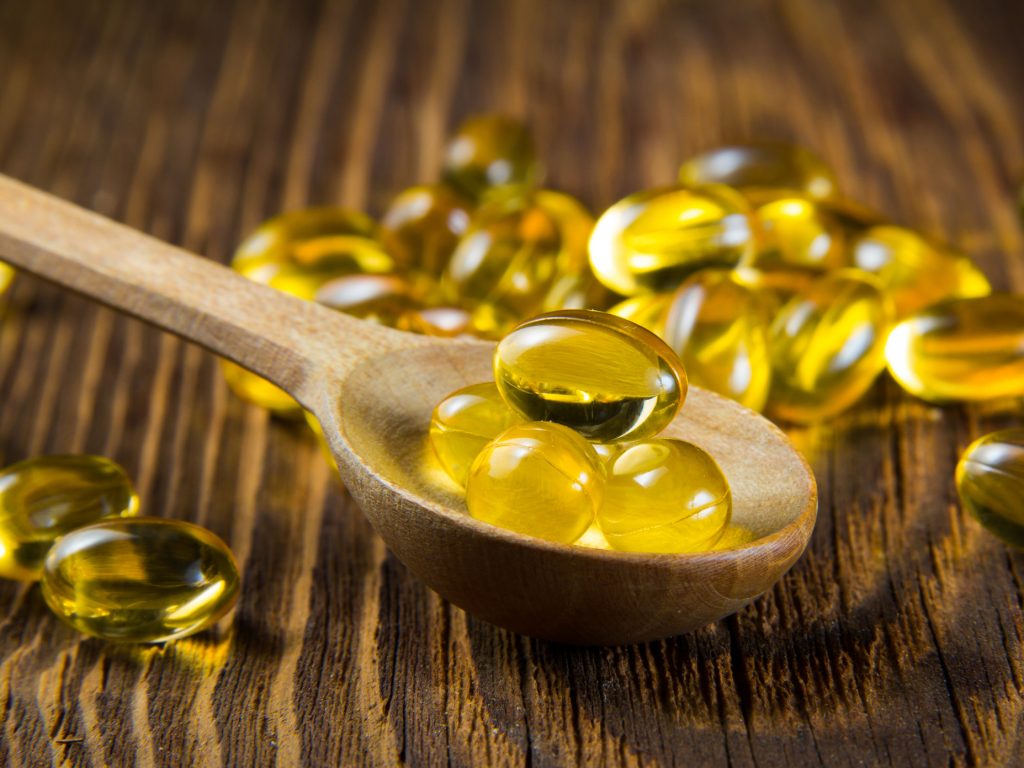
Good Sources Of Vitamin D
Here is a good news for cheese lovers- cheese is an organic source of vitamin D. Other natural sources are:
- tuna
- salmon
- beef liver
- egg yolk
Fortified Food
In the U.S, vitamins are artificially added in some food items which are called to be fortified. For example- milk, breakfast cereals, orange juice etc- can be often found to contain vitamin D and it is always mentioned on the nutrition label what foods contain what vitamins.
Other Sources
Breast milk does not contain enough vitamin D that is needed for an infant’s healthy growth, therefore breastfed babies require vitamin D supplements. This can be easily done as vitamin D drops are accessible over-the-counter (OTC). Also, the formula that is used to feed babies also has enough vitamin D.
Excess Vitamin D
Excess of anything is bad and it holds true for vitamin D also. The body cannot prepare too much vitamin D from exposure to the sun; it is usually the result of supplements. It is rare though and is known to occur when someone takes very high doses for a long period of time (like over a year).
Don’t Take Too Much
As long as a person is not exceeding the intake of 4,000 IU daily it is fine but daily intake of more than this can lead to symptoms like:
- nausea
- constipation
- vomiting
- weakness
- loss of appetite
- weight loss
- kidney damage
Some of these are explored ahead.
Nausea, Vomiting and Poor Appetite
An excess dose of vitamin D can lead to an excess of calcium levels in the body but elevated calcium levels are not necessarily responsible for nausea, vomiting and poor appetite. In a study, it was found that people taking high doses of Vitamin D lost their appetite and felt nauseated.






